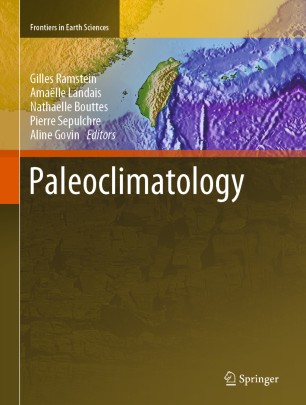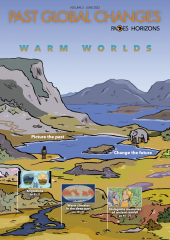
Position
CNRS researcher (CRCN), part time (80%)
Research interests
The carbon cycle evolution during the last 800 000 years.
Experience
| Since oct 2016 | CNRS researcher (CRCN) at LSCE, climate modelling team, part time (4 days/week) |
| Nov 2016 – sept 2017 (10 months) | Maternity leave |
| 2015 – 2016 (1 year) | Post-Doc at the University of Bordeaux, EPOC, France Marie Sklodowska-Curie Fellowshop (IF) for the CHOCOLATE project: CHanges Of CO2 Levels during pAst and fuTure intErglacials |
| Aug 2014- Feb 2015 (7 months) | Maternity leave |
| 2010 – 2015 (5 years) | Post-Doc at the University of Reading, Reading, UK SEACHANGE project funded by the ERC (PI: Prof Gregory); role of the ocean in sea level change: analysis of CMIP5 results and simulations with the FAMOUS GCM, study of future sea level change and model spread, reversibility and possible non-linearities |
| 2007 – 2010 (3 years) | PhD student at LSCE on “The evolution of the carbon cycle during the Quaternary”, Advisors: Dr. Paillard and Dr. Roche, University of Paris 6 (UPMC), France |
Education
| 2006 – 2007 (1 year) | M2 ICE (Interaction Climat-Environnement et Télédétection), UVSQ (Université de Versailles Saint Quentin en Yvelines), France |
| 2004 – 2007 (3 years) | ENSTA ParisTech (Ecole Nationale Superieure de Techniques Avancées), France |
Supervision
Master students
| 2022 | Loes Glorie (M2), Elise Navarre (M1), Maud Chevalier (M1), Roxane Delafosse (M1), Nathan Colle (Césure), |
| 2021 | Elodie Bougeot (M2), Florian carabin (M2), Gabriel Hes (M2) |
| 2020 | Manon Berger (M2), Théo Mandonnet (M1) |
| 2018 | Fanny Lhardy (M2) |
PhD students
| 2018-2021 | Fanny Lhardy (official co-supervisor) |
| 2017-2020 | Augustin Kessler (involved in the supervision) |
| 2016-2019 | Lise Missiaen (involved in the supervision) |
| 2012-2016 | Roberto Bilbao (official co-supervisor) |
Tools
iLOVECLIM climate model of intermediate complexity: http://forge.ipsl.jussieu.fr/ludus
Current teaching
Changements climatiques, ENSTA (16h/year)
Book & magazines
 |
Paleoclimatology Editors: Gilles Ramstein, Amaelle Landais, Nathaelle Bouttes, Pierre Sepulchre, Aline Govin |
 |
PAGES-Horizon Editors: B. Vannière, N. Bouttes, G. Gil-Romera, E. Capron & S. Eggleston |
